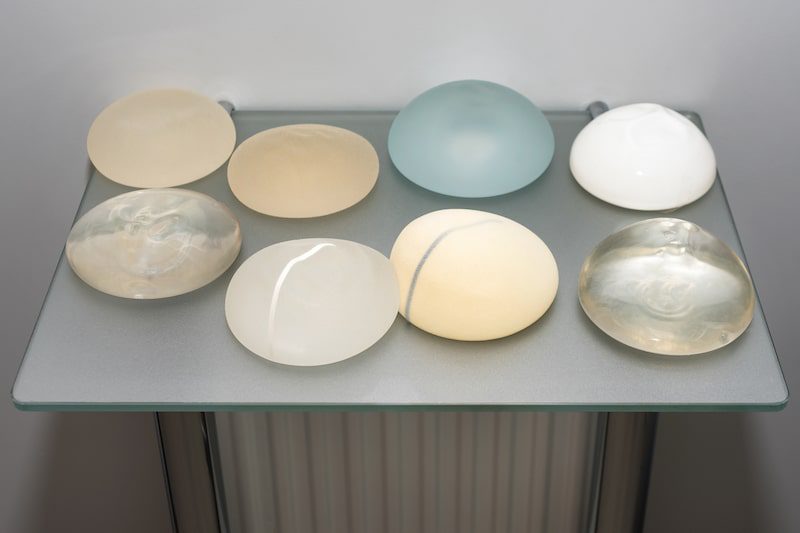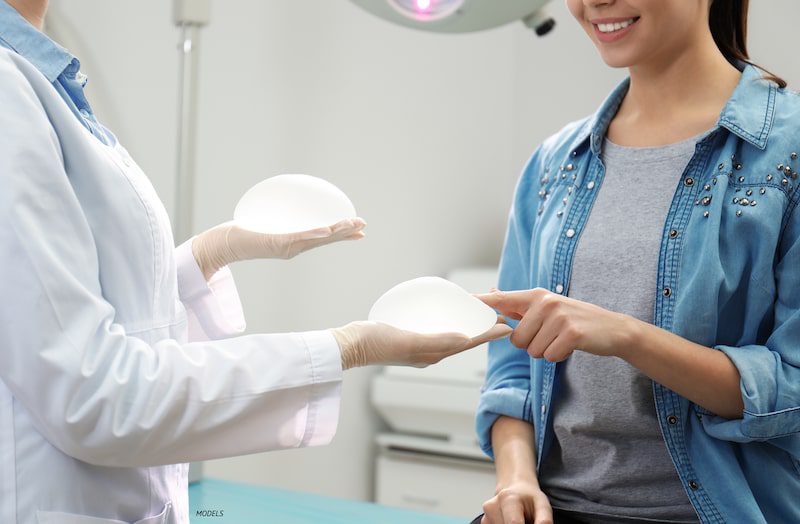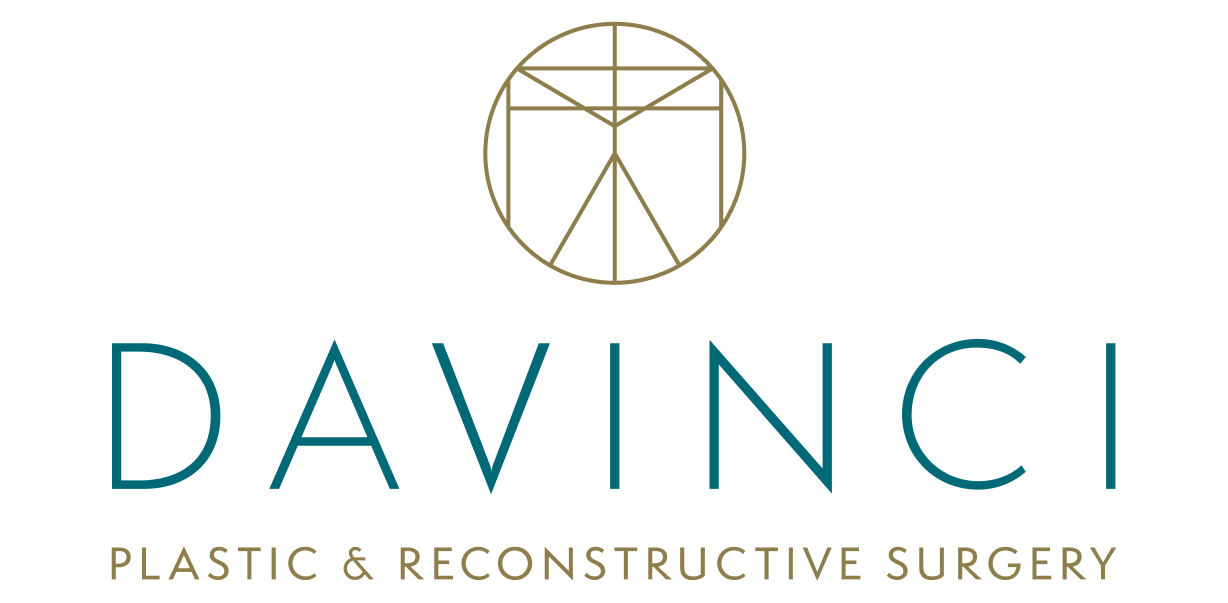Posted June 06, 2025 in Breast Augmentation
7 Top Tips for a Smooth Breast Augmentation Recovery

Undergoing breast augmentation can be an exciting and empowering decision, whether it’s about enhancing volume, restoring shape after pregnancy, or simply aligning how you look with how you feel inside. However, healing well doesn’t happen by accident. It requires intentional rest, smart habits, and patience. This blog is intended to help patients experience a successful […]
Read More









